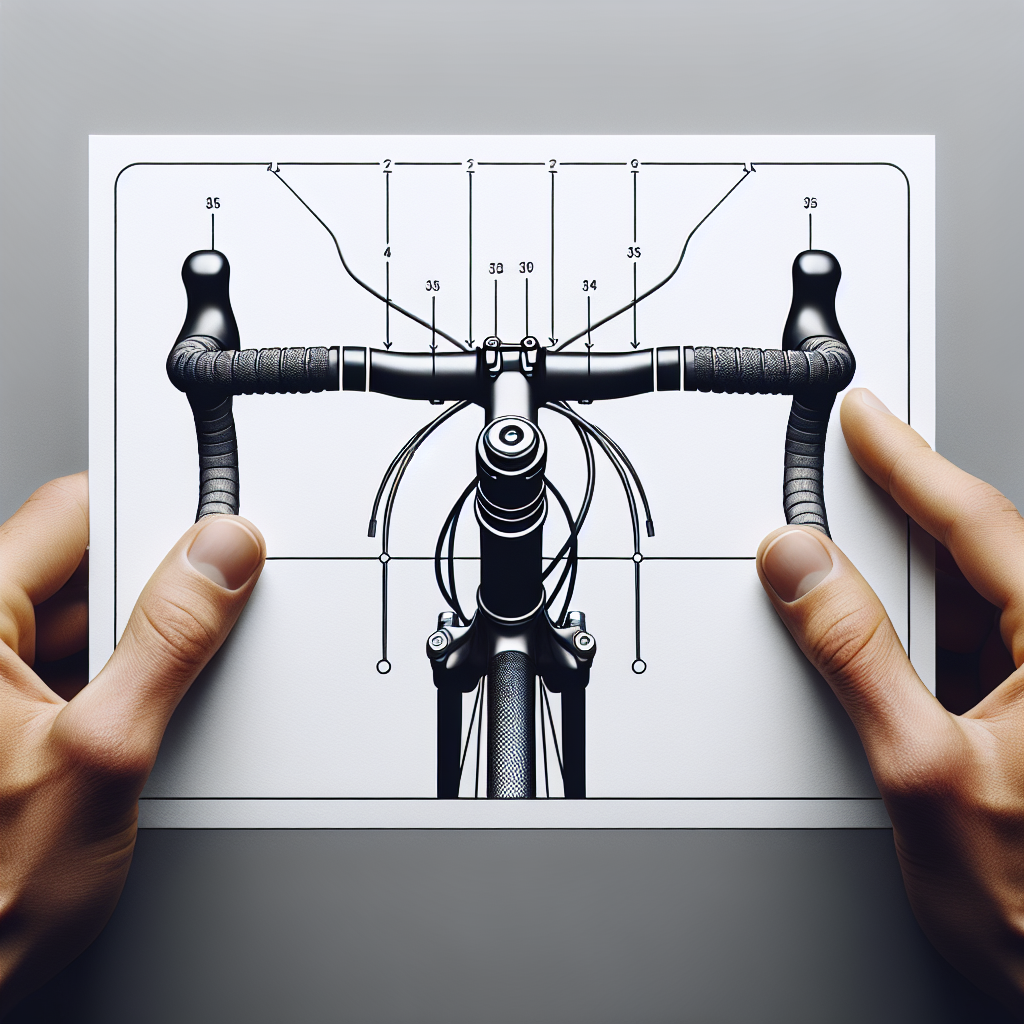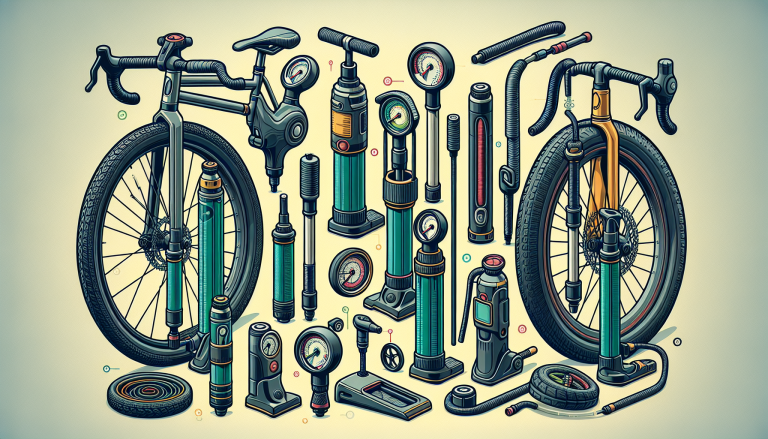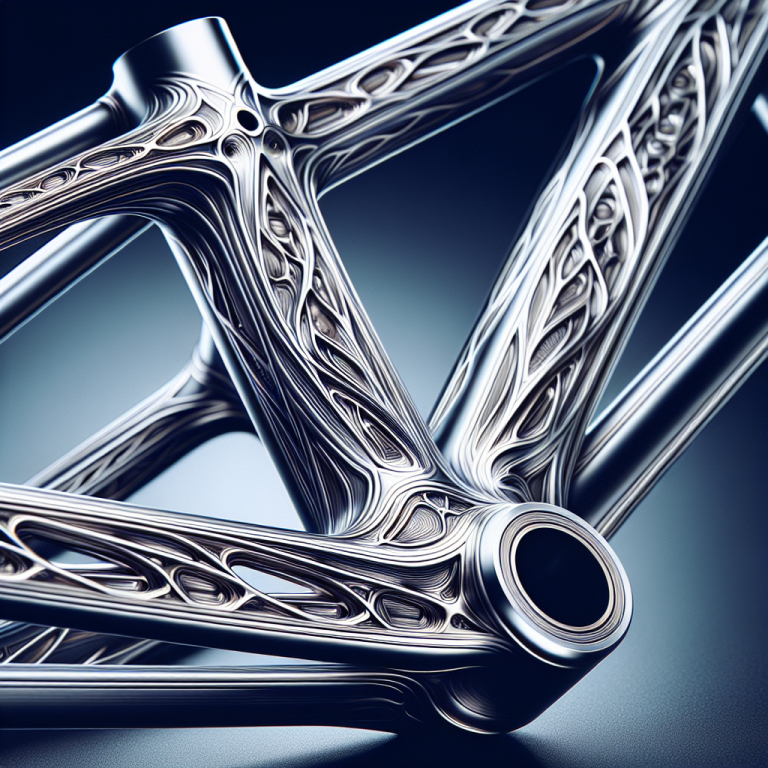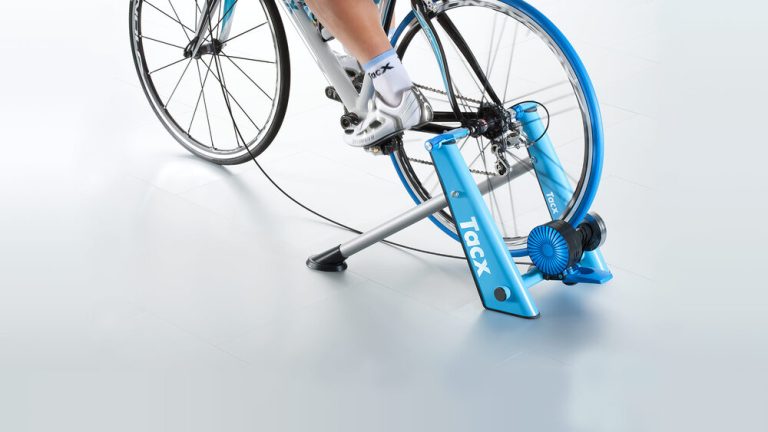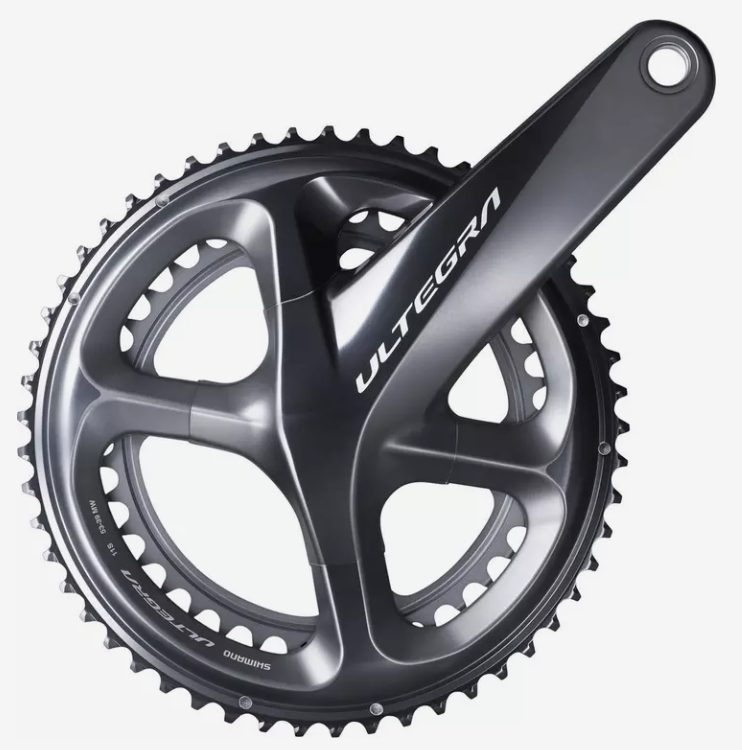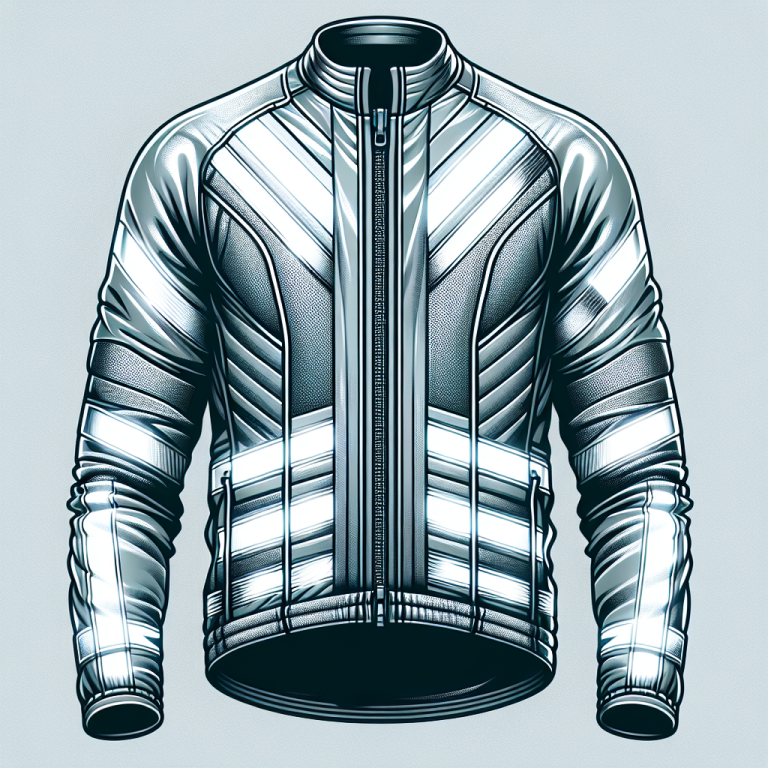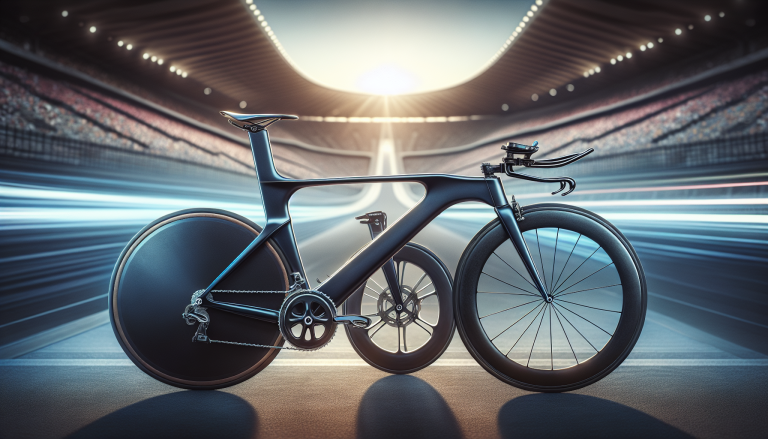If you’ve recently purchased a bike or are thinking about getting one, you may find yourself asking, “What size handlebars do I need?” It’s an important question to consider, as the right handlebar size can greatly impact your comfort and control while riding. Whether you’re an experienced cyclist or a complete beginner, finding the perfect fit for your handlebars is crucial for a smooth and enjoyable biking experience. In this article, we’ll explore the factors that influence handlebar size and provide some tips to help you determine the ideal fit for your needs. So let’s get started and find the handlebars that will make your cycling adventures even more delightful!
Table of Contents
ToggleDetermining the Correct Handlebar Size
Understanding handlebar measurements
When it comes to determining the correct handlebar size for your bike, it’s essential to understand the various measurements involved. The three main measurements to consider are handlebar width, handlebar reach, and handlebar drop. Each of these measurements plays a crucial role in determining your comfort, stability, and overall riding experience.
Considerations for the right handlebar size
Choosing the right handlebar size involves considering multiple factors, such as your body measurements and your riding style. It’s important to take these factors into account because they directly impact your bike handling, comfort, and control. To ensure you select the correct handlebar size, you’ll need to measure your body, analyze your riding style, and understand different handlebar shapes, materials, and designs available in the market.
Measuring Your Body and Riding Style
Factors to consider
Before determining the correct handlebar size, it’s crucial to consider various factors that can influence your choice. First and foremost, you need to measure your height and shoulder width. These measurements establish a baseline for selecting the appropriate handlebar size. Additionally, your riding style, including whether you prefer a more aggressive or relaxed position, also plays a role in determining the correct handlebar size.
Taking your measurements
To accurately measure your body for handlebar selection, start by measuring your height. Stand against a wall and use a measuring tape to measure from the floor to the top of your head. Next, measure your shoulder width by extending a measuring tape from one shoulder joint to the other. These measurements provide a starting point to determine the handlebar width that will best suit your body.
Analyzing your riding style
Your riding style is another critical factor in determining the correct handlebar size. Different riding styles require different handlebar characteristics. If you’re an avid mountain biker who prefers aggressive downhill riding, you may want a wider handlebar for enhanced stability and control. On the other hand, if you enjoy long-distance road cycling, a narrower handlebar might be more suitable for better aerodynamics.
Handlebar Width
Importance of handlebar width
Handlebar width significantly impacts your bike handling and overall comfort. A handlebar that is too wide or too narrow can lead to discomfort, shoulder pain, and reduced control. Optimal handlebar width allows for improved balance, efficient power transfer, and better maneuverability.
Determining the correct handlebar width
To determine the correct handlebar width for your body, consider your shoulder width measurement. A general guideline suggests that your handlebar width should match the width between your shoulder joints. This alignment ensures optimal comfort and control while reducing the risk of strain or injury. However, personal preference and riding style also come into play, so don’t hesitate to experiment with slightly wider or narrower options to find what feels best for you.
Handlebar Reach
Understanding handlebar reach
Handlebar reach refers to the horizontal distance from the center of the handlebar top to the center of the furthest point of the handlebar curve. It determines how far you need to reach forward to grip the handlebar comfortably. An appropriate handlebar reach ensures an efficient riding position, reduces stress on your back, and allows for effortless control.
Determining the appropriate reach
To find the correct handlebar reach, you need to consider your riding style and body measurements. A more aggressive riding position typically requires a longer reach, while a more relaxed riding position favors a shorter reach. It’s also important to take into account your flexibility and any existing back or neck issues. Experimenting with different handlebar shapes and sizes, or seeking professional advice, can help you determine the appropriate reach for your specific needs.
Handlebar Drop
What is handlebar drop?
Handlebar drop refers to the vertical distance between the top of the handlebar and the centerline where the handlebar bends downward. It influences your riding posture and describes how much lower your hands are positioned compared to your saddle. The right handlebar drop level ensures a comfortable and aerodynamic riding position.
Choosing the ideal handlebar drop
The ideal handlebar drop depends on various factors, including your riding style and flexibility. A higher handlebar drop suits more aggressive riding positions, promoting better aerodynamics and power transfer. On the other hand, a shallower handlebar drop is preferable for riders who prioritize comfort and back-friendly positions. Finding the right balance of handlebar drop ensures a comfortable, efficient, and enjoyable riding experience.
Handlebar Shape
Different handlebar shapes
Handlebars come in various shapes, each designed to cater to different riding preferences and needs. Common handlebar shapes include flat bars, drop bars, riser bars, and aero bars. The choice of handlebar shape depends on your riding style, the type of bike you have, and your personal comfort.
Selecting the right shape for your preferences and needs
To select the right handlebar shape, consider your riding style and the type of bike you own. If you’re into mountain biking, flat bars or riser bars provide more control and maneuverability. Drop bars are often found on road bikes and offer multiple hand positions for longer rides. Aero bars are designed for time trial or triathlon bikes, providing an aerodynamic position for improved speed. Test different handlebar shapes to determine which one suits your preferences and needs best.
Handlebar Material and Design
The impact of handlebar material and design
Handlebars are made from various materials, including aluminum, carbon fiber, and steel, each with its own unique characteristics. The material affects the handlebar’s weight, stiffness, and durability. Additionally, handlebars come in different designs, such as straight bars, ergonomic shapes, or integrated stems, offering different levels of comfort and customization.
Considerations for material and design selection
Consider your riding style, budget, and desired riding experience when selecting handlebar materials and designs. Aluminum handlebars are cost-effective and suit most riders, while carbon fiber handlebars offer lighter weight and improved vibration absorption. Steel handlebars are more durable and provide a classic aesthetic. Moreover, ergonomic designs and integrated stems can enhance comfort and complement the overall look of your bike. Research the pros and cons of each material and design option to make an informed decision.
Testing and Adjusting Handlebars
Importance of testing handlebars
Once you have selected a handlebar size, it’s crucial to test it out to ensure it suits your preferences and needs. Testing handlebars allows you to evaluate factors such as comfort, control, and overall riding experience. It also helps identify any adjustments or refinements required to achieve the optimal setup.
Adjustments and fine-tuning
During the testing phase, you may find that certain adjustments and fine-tuning are necessary. This could include experimenting with stem length, handlebar rotation, or grip position. Making these small adjustments allows you to customize your bike’s fit and ensure maximum comfort and performance.
Getting Professional Advice
Reaching out to experts
If you’re unsure about selecting the correct handlebar size or need expert guidance, it’s always beneficial to reach out to professionals in the cycling industry. Bike fitters, experienced cyclists, or bike shop technicians have invaluable knowledge and expertise that can help you make informed decisions. They can assist in analyzing your body measurements, riding style, and offer recommendations tailored to your specific needs.
Bike shop assistance
Visiting a local bike shop is an excellent way to receive professional advice and personalized assistance. Bike shop staff are well-trained and experienced in handlebar sizing, fitting, and adjustments. They can help you navigate through the various options, offer test rides, and ensure your bike setup is optimized for your comfort and enjoyment.
Common Mistakes to Avoid
Avoiding common handlebar sizing mistakes
When determining the correct handlebar size, there are a few common mistakes to avoid. One of the common errors is choosing handlebars solely based on aesthetics or trends rather than considering your body measurements and riding style. Another mistake is assuming that the handlebar size that works for someone else will work for you. Each individual is unique, so it’s important to prioritize your own comfort and fit.
Potential consequences of incorrect handlebar sizing
Selecting the incorrect handlebar size can lead to discomfort, pain, and reduced control while riding. Too narrow handlebars can cause shoulder and neck pain, while overly wide handlebars can strain your wrists and lead to instability. It’s essential to invest time and effort into selecting the correct handlebar size to ensure an enjoyable and safe riding experience.
In conclusion, determining the correct handlebar size involves understanding various measurements, analyzing your body and riding style, and considering your preferences and needs. It’s crucial to choose the right handlebar width, reach, drop, shape, material, and design to optimize your bike’s fit, comfort, and performance. Testing and adjustments are vital to fine-tuning your setup, and seeking professional advice can provide valuable guidance throughout the process. By avoiding common sizing mistakes, you can prevent potential discomfort and enjoy a safe and enjoyable ride. Remember, finding the perfect handlebar size is an investment in your cycling experience, so take the time to make the right choice.

